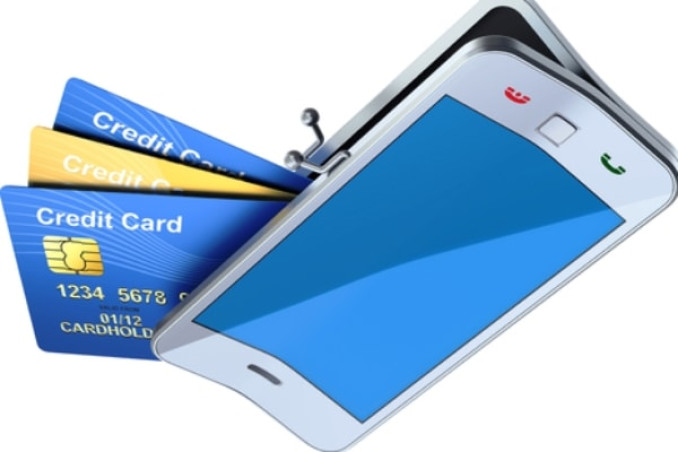Mobile banking is not taking off as expected, banker warns

GILLIAN JONES.
MOBILE phones have been touted as the solution to banking for the poor in Africa, given that phone penetration is so high. However, some bankers warn it is not that simple.
At a recent banking conference in Sandton organised by The Economist, John Staley, chief officer of Equity Bank, one of the biggest banks in Kenya, said the success of M-Pesa in Kenya has not been replicated except in Zimbabwe and Bangladesh.
"There has been too much hype about mobile and what it is going to do in Africa. Yes, it is going to play a huge part, but I think in the short run don’t forget the card," he said.
A bank card costs about $2, while a cellphone is about $10, meaning it is still more cost-effective to give customers cards. Card associations, such as Visa and MasterCard, have "come back very aggressively into this space".
However, MTN group chief commercial officer of mobile operator Pieter Verkade said "cards will soon only be used for Christmas. Mobile money has two crucial elements: distribution and low costs. Both are very difficult for banks to replicate."
Although the card companies have been active in Africa, they have struggled to get their systems to align with local requirements, he said.
Attempts to introduce M-Pesa in SA had been unsuccessful, Mr Staley said. Vodacom, working with Bidvest Bank instead of former partners Nedbank and Standard Bank, is trying a new strategy, having relaunched M-Pesa.
The cellphone provider is targeting 10-million mobile money customers in the next five years. In contrast, it signed up only 1-million customers from 2010, and it is unclear how many of them actually use the M-Pesa service.
In Kenya, M-Pesa, launched in 2007 by Safaricom, has more than 19-million customers and 81,000 agent outlets countrywide, according to Safaricom’s website. Kenyans pay cash into the system via the agencies, which credit the money to their M-Pesa account.
Customers can withdraw or deposit cash at any agency and transfer money via their mobile phones. The advantage is they do not need a bank account.
The Kenya Financial Sector Deepening programme ran a study using financial diaries which found that poor people transact more than wealthier people, about 100 to 200 times a month. However, 86% of these transactions were for less than $5 and the average transaction size was $1.
Mr Staley said 98% of transactions were still in cash. In Kenya, on average, people make two high-value electronic transactions a month, while they pay cash the rest of the time.
The success of M-Pesa was, therefore, more due to the ability to deposit and withdraw cash at the agency points. "The key point we have learnt from M-Pesa is to roll out cash in and out points as we are not going to get rid of cash in the short run," Mr Staley said.
In Kenya, the regulatory environment allows nonbanks to offer banking services, but not in SA.
Telecoms firms offering banking should be regulated by the same regulator as banks’, he said.
"That is not the case in Kenya, and has led to anticompetitive behaviour with the result that Safaricom now controls 90% of voice in the country and 98% of mobile payments."
Mr Verkade said telecom firms and banks should work together.
"The best model ... is if we play on our strength, which is distribution and lower cost, and banks play to their best strength of cash flow management, providing cash to the merchant and looking after the regulatory part."
Mr Staley said banks and telecoms companies need to realise just how poor the poor in Africa are. "It is not economical to run low-value accounts ... we are a long way from finding an economical model."
This still leaves the problem of how banks and telcos make money from low value transactions.
Mr Staley said banks and telecommunications companies need to realise just how poor the poor in Africa are.
SOURCE:BUSINESSDAYLIVE
 Africas leading resource for digital financial services
Africas leading resource for digital financial services


comments